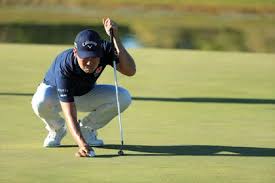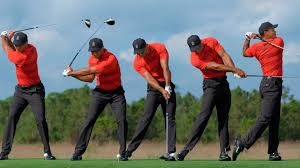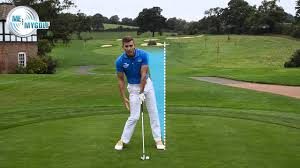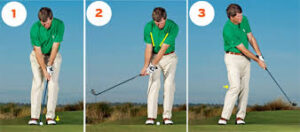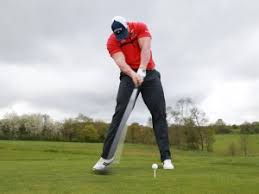There are always a few (or more) holes in every round where our games can go off the rails. Hitting our maximum handicap number on any hole is a crisis for me and should be for your too. I hate to hit my max. So I’m always looking for a way to create consistency on every hole. I was glad to be reminded of a great solution by Todd Kolb, PGA Professional on the USGolfTV blog. He recommended that Clarity of Mind is the best solution for Consistency.
One bad shot can often be corrected by one or two good shots to salvage a par or bogie. A lapse in clarity for each shot can destroy your next shot. Just understanding that you lost your focus to create that bad shot is a good starting point to get your mind back on track for your next good shot.

Simplify your swing by clearing your mind to focus on the flight direction of your ball during your back and down swing. “See the flight in your minds eye.”
Understand What Caused your last Poor Shot
Clay Ballard at Top Speed Golf, provided the following check list to sort out where your last swing went wrong when you try to generate more power for more distance:
1/ Setup with at 10 degree body tilt to your trailing side and hold it through impact.
2/ Hip AND shoulder backswing rotation are critical for distance.
3/ Load your wrist lag as you bend your trailing elbow to finish your backswing.
4/ Start your downswing with your hips as you swing from the inside.
5/ Let your driver drop down to swing from the inside slot.
Each of these points need to be built into your swing. Focus on making them all happen in your practice swing and THEN CLEAR YOUR MIND.
Stare at your target and then VISUALIZE hitting that target line (in your minds eye) AS YOU RETURN YOUR EYES TO LOCK ON OUR BALL (until after impact).
You may want to count “1,2” during your backswing (as you cock your trailing elbow for lag) and “3” in your downswing (to block all other thoughts) as you visualize swinging to hit your target line..
Clarity of your mind during your swing to see the perfect flight of your ball is all that you need to think about. Putting needs the same confident clarity that you have chosen the right line and swing-power to pass the hole by a foot. Practice with your GOLFSTR+ for 6 swing fixes. Buy one today at www.golfstr.com
PS: Golf LAW #2:
Your best round of golf will be followed almost immediately by your worst round ever. The probability of the latter increases with the number of people you tell about the former.


